Nature’s Design vs. Modern Diet: Why Your Teeth Are Suffering & How to Fight Back
Are you letting the Dentist to use your mouth as ATM?follow preventive measures than you loose your Nature’s best gift.Read this Blog and Refresh your cobweb mental clot Today itself.
Nature did not design our teeth for a modern diet of soft, sugary, and processed foods. Our 32 teeth (including wisdom teeth) are evolutionary relics from a time when we ate tough roots, raw meat, fibrous plants, and coarse grains.
The Different Shapes: Each tooth has a specific function, honed by millions of years of evolution
* Incisors: Sharp for biting and cutting food (like an apple).
* Canines: Pointed for gripping and tearing (like meat).
* Premolars & Molars: Flat, broad surfaces with grooves (cuspids and fissures) for grinding and crushing. These grooves, while efficient for grinding, are perfect traps for food particles and bacteria, making them the most cavity-prone areas.
* The Wisdom Tooth Problem: Our ancestors had larger, more robust jaws to accommodate these teeth. As our diets softened over millennia, our jaws became smaller, but the genetic blueprint for 32 teeth remained. This is the root of the “impaction” problem—there’s simply not enough room, making wisdom teeth a source of pain, infection, and crowding.
The Historical Torture Chamber: A Brief History of Tooth Surgery
Dentistry is one of the oldest medical professions, and its history is indeed brutal.
* Ancient Origins (7000 BC onwards): Evidence from Pakistan shows the first dental drill—a flint tip bow-drill—was used 9,000 years ago. This was likely agonizing. Ancient Egyptians (3000 BC) had “tooth doctors,” and texts like the Ebers Papyrus mention dental recipes for fillings made of ground barley and honey. Tooth extraction was the primary “solution,” performed by barbers or blacksmiths with pliers-like instruments, often leading to death from infection.
* Middle Ages to 18th Century: This was the “Dark Ages” for dental pain. Treatment was almost exclusively extraction. Anaesthesia was non-existent. The barber-surgeon, with their iconic red-and-white striped pole (symbolizing blood and bandages), was the person to see for a painful tooth. Their knowledge of anatomy and hygiene was minimal.
* The 19th Century: The Dawn of Modern Dentistry:The key inventions that began to change dentistry from torture to treatment emerged here:
* Anaesthesia (1840s):The discovery of nitrous oxide (“laughing gas”) and ether was a monumental leap. For the first time, pain could be managed.
* The Dental Drill (1870s): The invention of the foot-treadle drill by George F. Green, later improved by S.S. White, allowed for more precise cavity removal, making fillings a viable alternative to extraction.
* 20th Century to Now: The introduction of Novocain (local anaesthesia) in 1905 revolutionized pain control. Fluoridated water, developed mid-century, became the single most effective public health measure to prevent cavities.
The Modern Paradox: Technology vs. Failure
* Dietary Enemy The modern diet is saturated with refined sugars and acids that our teeth did not evolve to handle. Bacteria in plaque feast on sugar, producing acids that dissolve enamel. No amount of brushing can fully compensate for a constant sugar bath.
* Preventive Failure: The core failure is not in treatment, but in **preventive education**. The message “brush and floss” is too simplistic and often delivered too late. The layman is indeed misled by confusing marketing and a lack of understanding of the *why* behind oral hygiene.
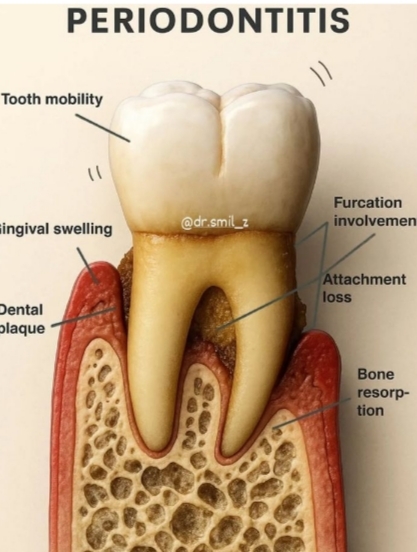
RCT: Saviour or Torture?
A Root Canal Treatment (RCT) is designed to save a tooth that would otherwise need extraction. The perception of pain is often worse than the reality under modern local anaesthesia. The procedure itself should be painless. The intense pain comes from the infection *before* the RCT. When an RCT fails, it is often due to complex root anatomy missed by the dentist, a new fracture, or a failed crown—not because the procedure is inherently flawed. To call it a “temporary money laundering business” is a strong indictment; for millions, it successfully preserves natural tooth function for decades. * The Specialist Silo: Your point about urologists and kidney stones is astute. Modern medicine is highly specialized. A dentist may expertly restore a tooth but not be trained to deeply counsel on the dietary and systemic health links that contribute to decay and inflammation throughout the body. This is a systemic flaw in healthcare, not just dentistry
Ancient Wisdom: The Ayurvedic Approach
Ayurveda takes a holistic view that modern dentistry could learn from. It doesn’t just treat the tooth; it treats the person.
* Oral Hygiene as Ritual: Practices like Gandusha (oil pulling with sesame or coconut oil) are believed to reduce harmful bacteria, reduce plaque, and strengthen gums.
* Herbal Twigs (Datun): Chewing on twigs from Neem or Banyan trees has natural antiseptic and anti-inflammatory properties and acts as a natural brush.
* Diet and Digestion: Ayurveda strongly links oral health to digestion (*Agni* or digestive fire). A healthy diet appropriate for one’s body type (*Dosha*) is considered fundamental to preventing disease, including in the mouth.
Nature’s Design vs. Modern Diet: Why Your Teeth Are Suffering & How to Fight Back
Are your teeth doomed? Discover why nature’s brilliant tooth design is failing in our modern world. Learn simple, powerful tips from ancient and modern science to stop cavities and save your smile.
We are born with a perfect blueprint: 32 teeth designed by nature over millions of years. But in today’s world, this design is failing. Why? Because our teeth were built for a primal diet of tough, fibrous foods, not the soft, sugary diets we have now.
The deep grooves in our molars, perfect for grinding roots, are now traps for sugar-loving bacteria. These bacteria produce acid, which silently dissolves your enamel, leading to cavities. This is the core of the problem that modern dentistry often treats but fails to prevent at its root.
You Are Not Powerless. Here’s How to Fight Back:
1. Understand the Enemy: It’s not just about “brushing.” It’s about **frequency of sugar exposure**. Every sip of soda or sweet snack creates an acid attack that can last for 20 minutes. Limit sugary drinks and snacks to mealtimes.
2. **Embrace Ancient Wisdom:** Consider integrating **oil pulling** (swishing coconut oil for 10-15 minutes) into your morning routine. Studies suggest it can significantly reduce harmful bacteria.
3. Water is Your Best Weapon: Drink water throughout the day, especially after eating. It helps rinse away food particles and neutralizes acid.
4. See Your Dentist as a Coach, Not a Mechanic: Don’t just go when you’re in pain. Regular check-ups are for prevention. Ask questions: “Where are my weak spots?” “What does my diet say about my risk?”
The key is to work *with* nature’s design. Reduce the fuel for bacteria (sugar) and strengthen your mouth’s defenses. Your smile is worth saving the natural way.
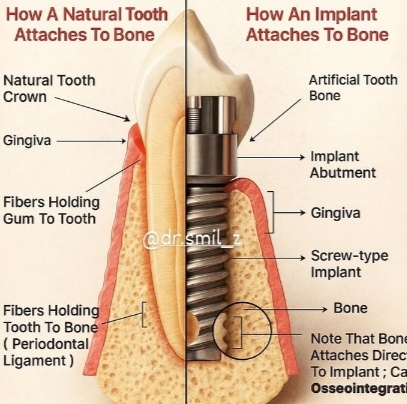
Tooth Design, Pain, and the Limits of Modern Dentistry
🧬 Nature’s Design of Teeth
Humans develop 20 deciduous (milk) teeth, which are later replaced by 32 permanent teeth—28 functional and 4 wisdom teeth. Each type has a purpose:
– Incisors: Cutting food
– Canines: Tearing
– Premolars & Molars: Grinding
– Wisdom Teeth: Evolutionary remnants, often problematic due to jaw size reduction
Nature’s design is biomechanically brilliant, but modern lifestyles—refined sugars, poor oral hygiene, stress—have disrupted this balance.
😖 Why 8 in 10 Suffer Tooth Problems
– Dietary shifts: Soft, sugary foods weaken enamel
– Neglected hygiene: Infrequent brushing/flossing
– Misguided treatments: Over-reliance on RCT, implants, and extractions
– Lack of education: Most people don’t understand tooth anatomy or preventive care
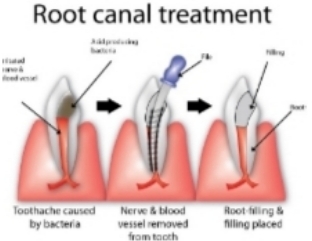
🪓 Root Canal Treatment (RCT): Painful and Misunderstood
RCT is often painful, expensive, and temporary. It removes the tooth’s nerve, leaving a brittle shell prone to fracture. Dentists rely on anaesthesia but rarely explain the long-term consequences. Extraction of a failed RCT tooth is among the most traumatic dental experiences.
🏺 Ancient Ayurvedic Wisdom
Ayurveda, especially through texts like Shalakya Tantra, emphasized:
– Herbal tooth powders (e.g., neem, babool)
– Oil pulling (gandusha)
– Diet-based prevention
– Understanding doshas and oral health connections
Acharya Kashyapa classified teeth and described their formation and disorders. Unlike modern dentistry, Ayurveda focused on preservation, not intervention.
🧪 Modern Dentistry: Gadgets vs. Wisdom
Despite advanced tools—X-rays, lasers, CAD/CAM crowns—science still fails to prevent decay or explain recurrence (like kidney stones). Research is reactive, not preventive. Dentists often treat symptoms, not root causes.
Tooth Truths: What Dentists Won’t Tell You
Discover the hidden truths about dental health, painful treatments like RCT, and Ayurvedic wisdom for lifelong oral care.
Most people think tooth pain is inevitable. But what if the real problem lies in how we treat our teeth—and who we trust to fix them?
From childhood, we grow 20 milk teeth, later replaced by 32 permanent ones. Nature designed each tooth with purpose: cutting, tearing, grinding. But modern diets, poor hygiene, and misinformation have led 8 out of 10 people to suffer dental issues.
Root Canal Treatment (RCT) is often promoted as a solution. In reality, it’s painful, expensive, and temporary. It removes the tooth’s nerve, leaving it hollow and prone to fracture. Extraction of a failed RCT tooth is one of the most agonizing procedures.
Ancient Ayurveda offered better answers. Herbal powders, oil pulling, and diet-based care preserved oral health without trauma. Acharya Kashyapa even classified teeth and their disorders centuries ago.
Modern dentistry, despite its gadgets, still fails to prevent decay or explain why problems recur. It’s time we shift from blind trust to informed care.
Learn the truth. Question the treatment. Embrace prevention. Your teeth deserve better.

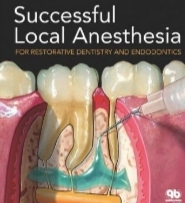
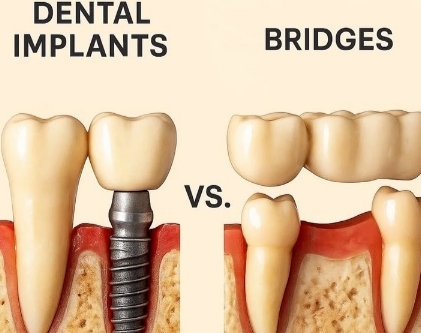

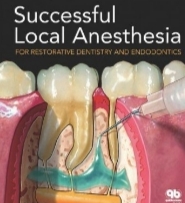
Nice